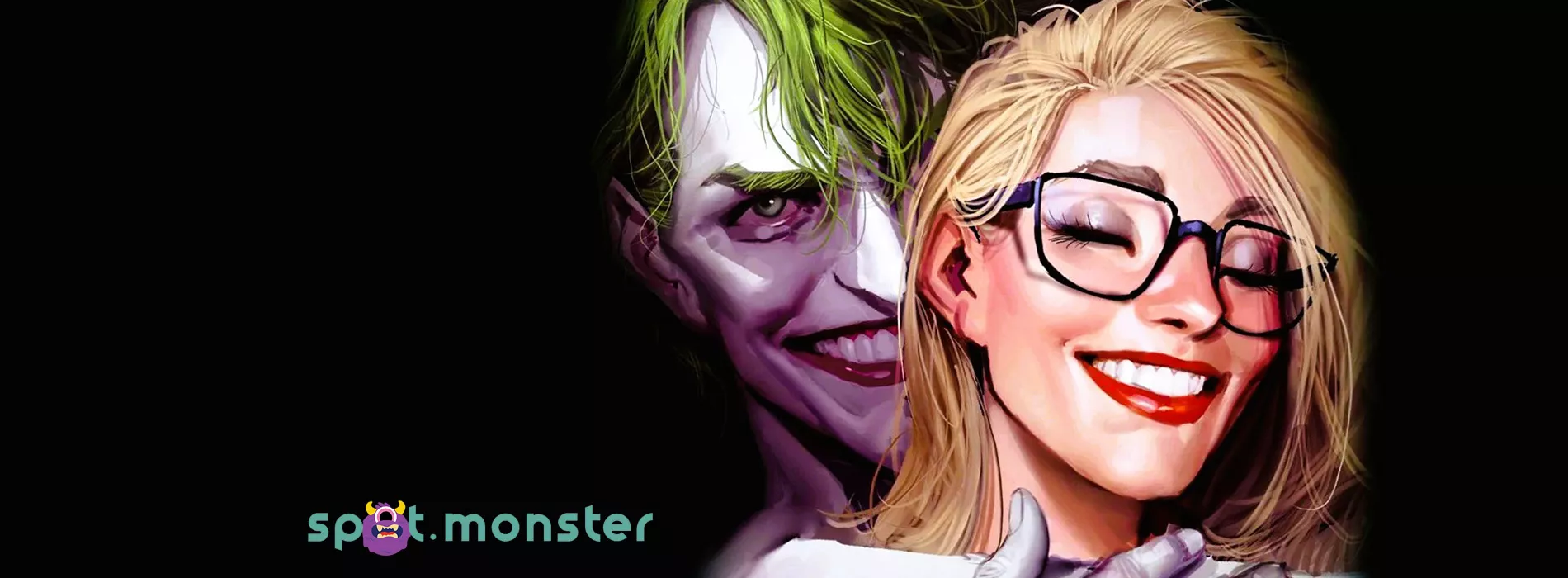Throughout her journey in the world of DC Comics, Harley Quinn has undergone a remarkable transformation. Today, this adored antihero is as iconic and revered as the mighty Trinity, consisting of Superman, Batman, and Wonder Woman. Her captivating persona and explosive nature have firmly established her as the fourth pillar of the DC universe. Such immense recognition and popularity have not only granted her a prominent presence in comics but have also paved the way for her own TV series and movies.
Nonetheless, this tremendous success didn’t manifest overnight. The character, now 30 years old, wasn’t always the sharp-witted crimefighter that fans have come to adore today. She has undergone a significant evolution across various media platforms, which has contributed to shaping her as a well-rounded and beloved character, maintaining a passionate fan base to this very day. Here, we highlight 10 pivotal moments in Harley Quinn‘s history that completely redefined her and ultimately led her to become the remarkable character she is today.
Harley Quinn Joins the Bat-Family (2021)
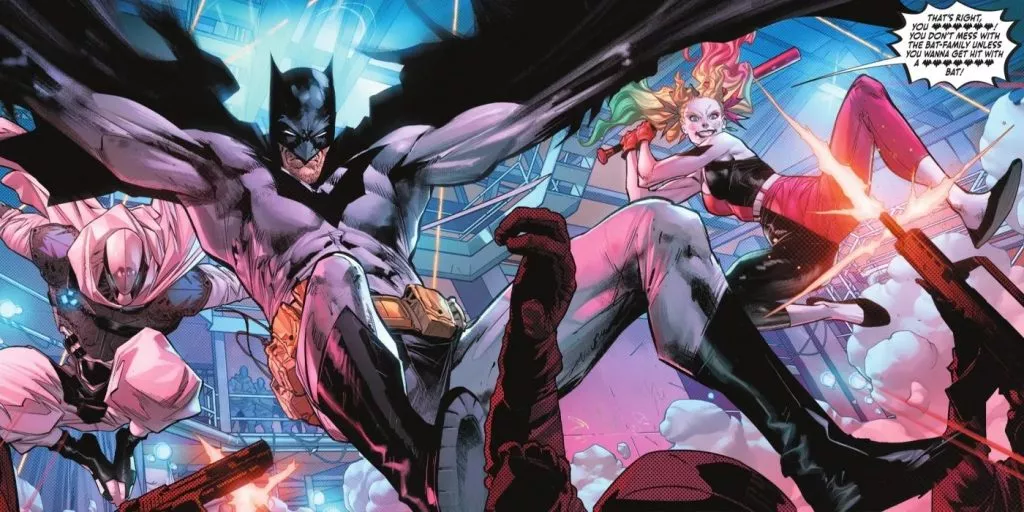
Over the years, Batman and his allies were often portrayed as major adversaries for Harley Quinn when she was a villain. However, as she began her transition towards becoming an antihero, the lines between her and the Bat-Family started to blur, as she aligned more closely with their mission to protect Gotham’s citizens. A significant turning point came in 2021’s Batman #111 by James Tynion IV, Jorge Jimenez, Tomeu Morey, and Clayton Cowles, where DC effectively confirmed her status as a member of the Bat-Family. In a pivotal moment during battle, Harley emphatically declared, “You don’t mess with the Bat-Family,” officially cementing her progress as one of DC’s prominent heroes.
This crucial moment marked a significant milestone in Harley Quinn’s journey, solidifying her as a cherished hero within DC’s universe. It also inspired the Harley Quinn animated series, where she not only joined the Bat-Family but also created her own costume, further asserting her place among the heroes.
In just three decades, Harley Quinn’s history at DC Comics has been both extensive and beloved. From a character subjected to mistreatment by the Joker, she evolved into a strong, independent individual. Her transformation endeared her to fans, making her one of the most beloved and iconic characters in DC’s vast repertoire. As Harley Quinn continues to captivate audiences, she will undoubtedly continue to make DC Comics history, building on the foundation of these important moments and years of compelling storytelling.
Harley Quinn Begins Her Romance With Poison Ivy (2017)
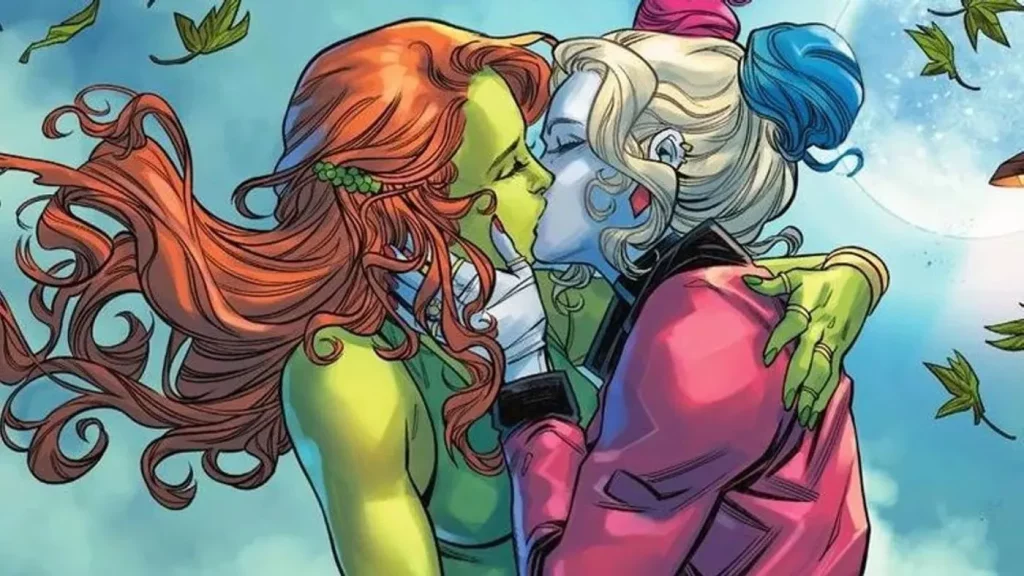
Harley Quinn’s relationship with Poison Ivy has proven to be a symbolically significant milestone in her journey of self-discovery and growth, setting her apart from her tumultuous history with the Joker. Their romantic involvement began in the pages of Harley Quinn #25 in 2017, penned by Amanda Conner and Jimmy Palmiotti. From that point onward, their bond has evolved into one of the most adored couples in DC Comics and a treasured LGBTQ+ relationship in fiction.
Harley’s love for Poison Ivy serves as a testament to her transformation and the distance she’s traveled from her abusive past with the Joker. It showcases her capacity for genuine affection, empathy, and healthier connections. This relationship exemplifies the progress she continues to make in finding her true self and fostering meaningful connections with others.
The resonance of their love was so powerful that when they controversially separated, fans expressed profound disappointment and outrage. This reaction highlighted just how important and impactful the relationship had become for Harley’s character and her overall narrative.
Fortunately, in 2023, G Willow Wilson and Marcio Takara’s Poison Ivy series brought the two back together officially. The reunion further solidified the significance of their love story and its importance in Harley Quinn’s development.
Harley Quinn and Poison Ivy’s relationship has touched the hearts of many, resonating not only within the pages of comics but also among fans who appreciate the meaningful representation it provides for LGBTQ+ characters. Their journey together continues to be celebrated and cherished as a vital aspect of Harley’s growth and evolution as a character.
Harleen (2019)
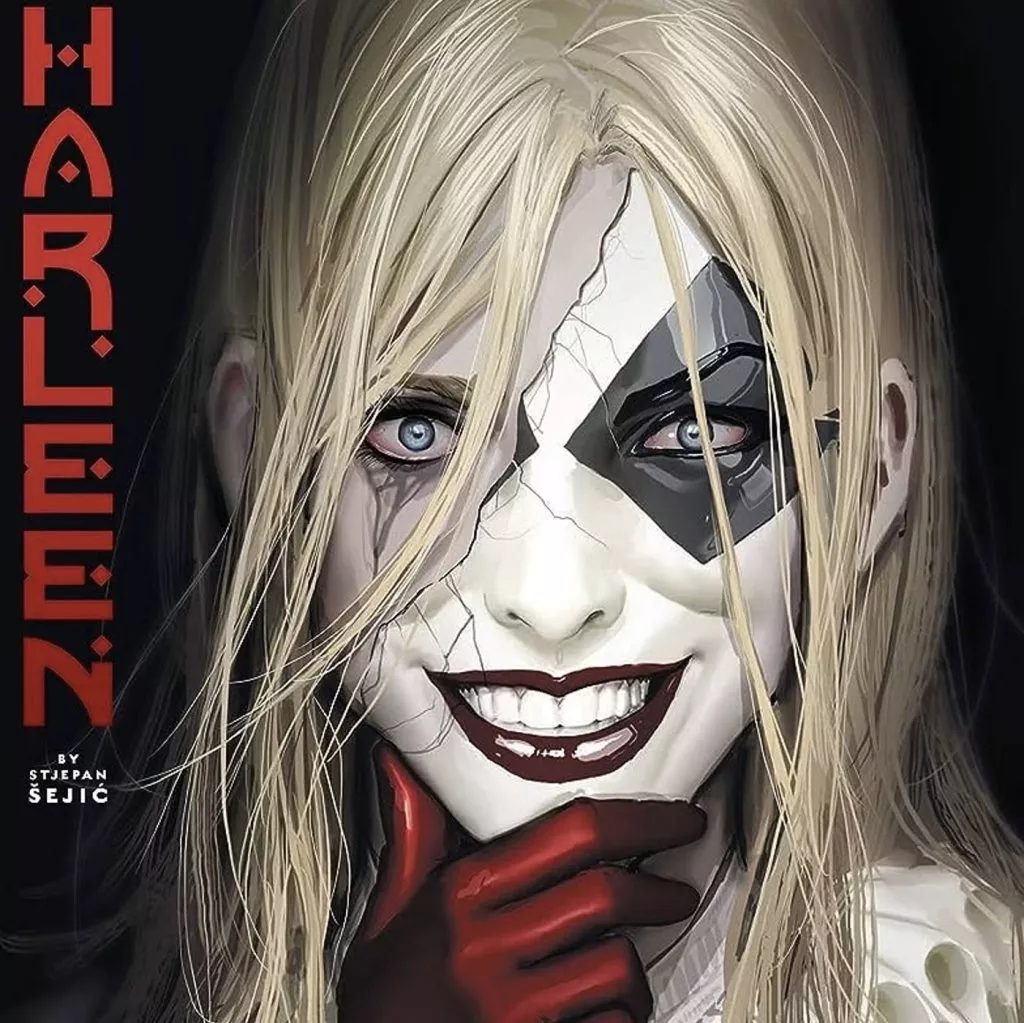
Stjepan Šejić’s reimagining of Harley Quinn’s origin story made a profound impact within the comic community, garnering widespread acclaim and even earning a spot on the prestigious New York Times Bestsellers list. This unique and fresh take on Harley’s beginnings captivated readers and solidified its place as one of the best-received comic interpretations.
In this story, Harley’s origin underwent a complete transformation, presenting a more mature character study that delved deep into her psychology. The narrative explored her journey and encounters with the Joker at Arkham Asylum, offering a fresh perspective on their relationship and the factors that shaped her into the beloved but complex character she is.
Unlike traditional portrayals, this reimagining seldom depicted Harleen Quinzel as her villainous alter-ego, but the story’s more adult and introspective approach still resonated strongly with fans. The exploration of Harley’s psyche and the complexities of her motivations drew readers in, making the comic a compelling and thought-provoking read.
Stjepan Šejić’s unique vision and artistic prowess breathed new life into Harley Quinn’s origin story, making it a standout contribution to the character’s lore. The comic’s immense popularity and critical acclaim showcased the enduring appeal of Harley Quinn as a multifaceted and captivating character deserving of exploration in fresh and innovative ways.
Conner & Palmiotti’s Harley Quinn Solo Series (2016)
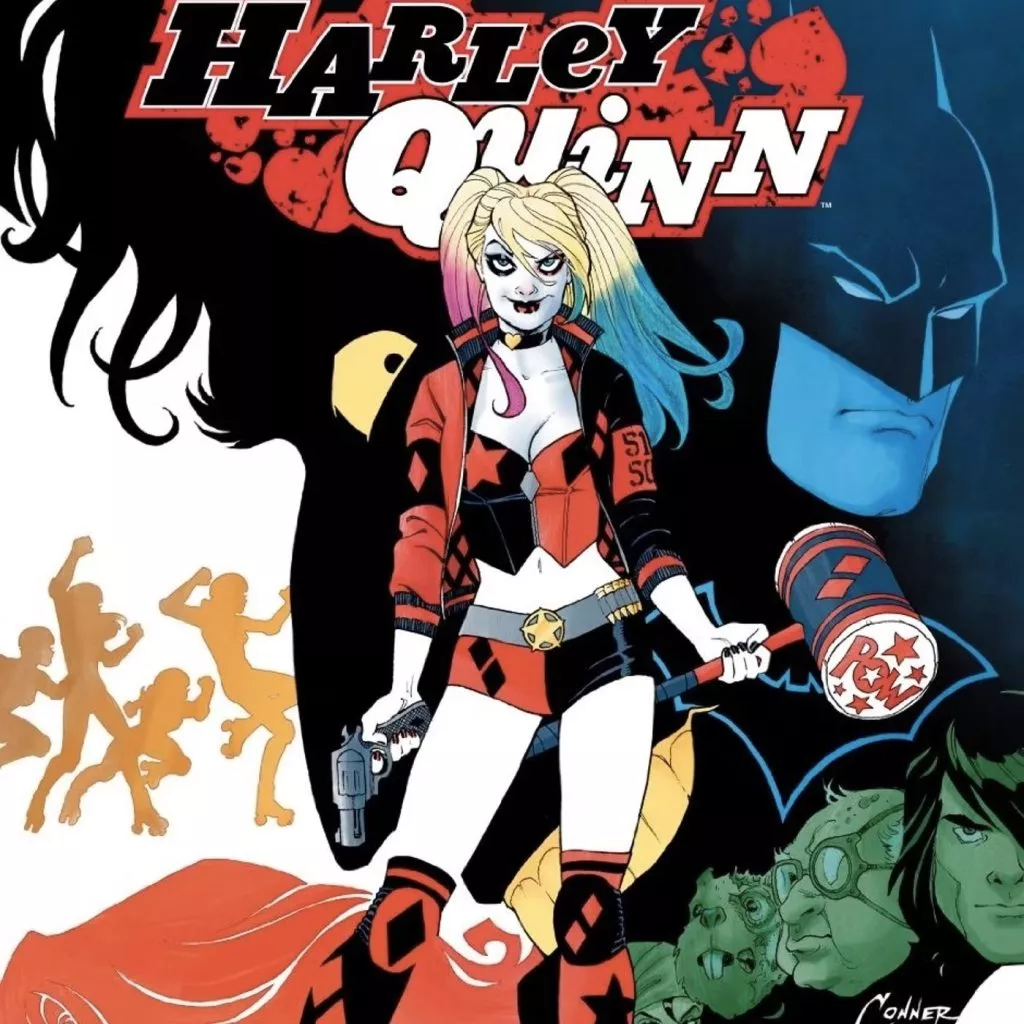
Harley Quinn’s journey through the DC Comics canon has included several solo comics, but none have been as transformative and essential as the 2016 series created by Amanda Conner and Jimmy Palmiotti. This long-running comic not only showcased an independent and empowered Harley but also became the defining portrayal of her character moving forward.
In this series, Harley Quinn’s iconic jester outfit was discarded in favor of a more casual and distinctive look, reflecting her evolution as an individual. Additionally, her love for rollerskating and roller derby took center stage, adding a new dimension to her personality and interests.
The portrayal of Harley Quinn in this comic series was a departure from her earlier depiction in Batman: The Animated Series, presenting a more complex and multi-faceted character. This modern interpretation has since become the foundation for how she is perceived and understood to this day.
Amanda Conner and Jimmy Palmiotti’s 2016 series not only allowed Harley Quinn to shine as a leading character but also redefined her identity, setting a new standard for future interpretations of the beloved antihero. It remains a crucial and influential chapter in Harley Quinn’s comic book history, solidifying her as a timeless and cherished figure in the DC Universe.
Harley Quinn Joins the Suicide Squad (2011)
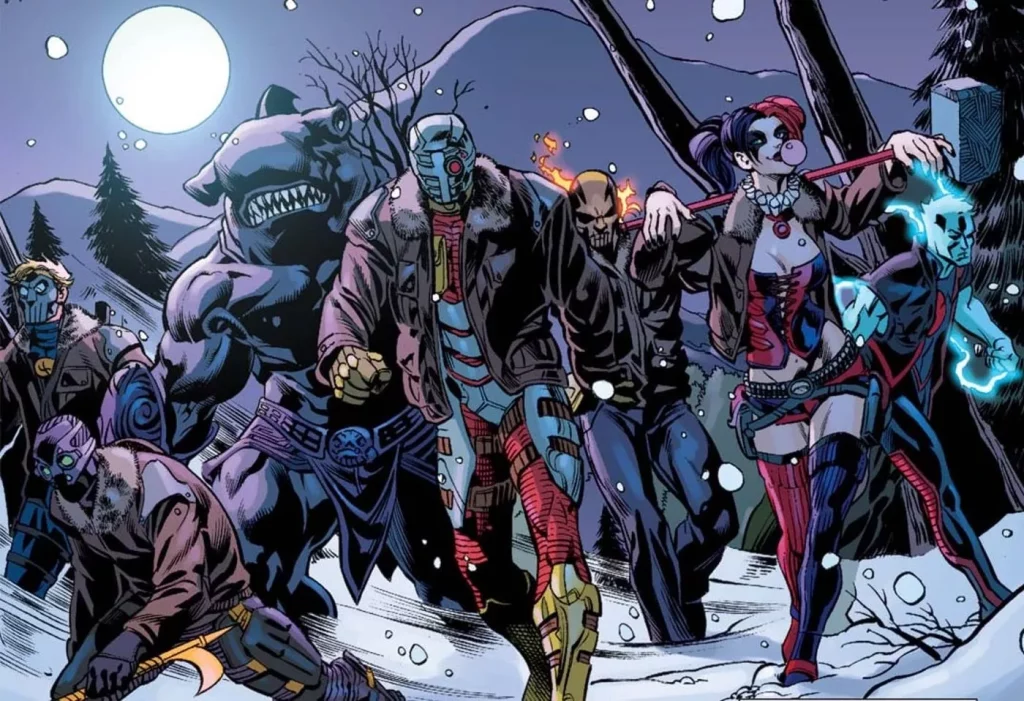
In 2011, a new chapter unfolded for Harley Quinn as she made her debut as a member of Amanda Waller’s band of villains in The Suicide Squad #1, written by Adam Glass and illustrated by Frederico Dallocchio. Since her introduction to the team, Harley has proven to be an indispensable member, accompanying them on numerous missions. Her presence has become so ingrained that it’s challenging to imagine a Suicide Squad story without her, as she has evolved into one of the team’s key figures, injecting an element of chaos into the already volatile group of antiheroes.
Harley Quinn’s journey from a villainous accomplice to an antihero following her redemption has been a remarkable development. Despite her transformation, she still occasionally joins forces with the Suicide Squad, showcasing her loyalty to the team and her willingness to put her skills to good use.
Over the years, The Suicide Squad has gained immense recognition and success, and a significant part of that accomplishment is undoubtedly attributed to the inclusion of Harley Quinn. Her massive and devoted fan base has played a crucial role in elevating the team’s popularity. With her unique blend of wit, charm, and unpredictability, Harley has become a beloved character, leaving an indelible mark on The Suicide Squad’s legacy.
Gotham City Sirens (2009)
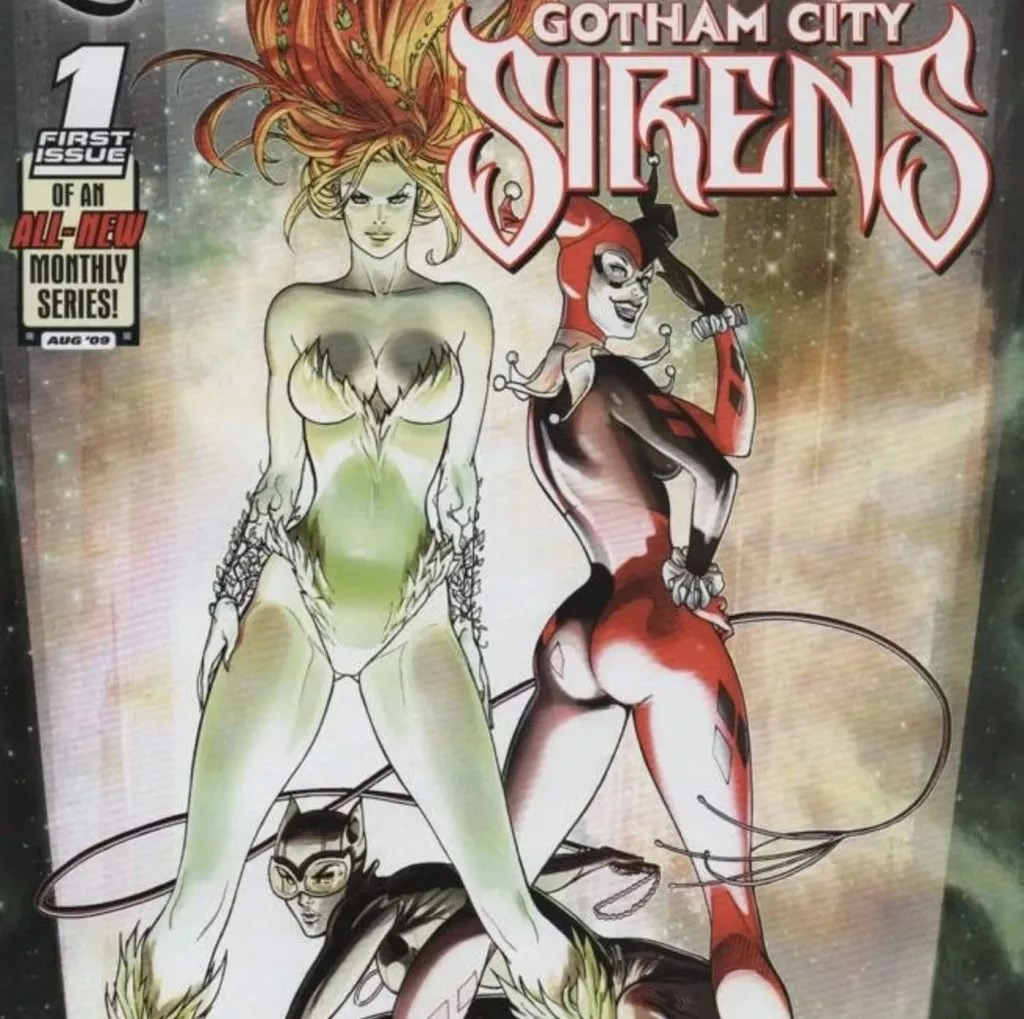
Gotham City Sirens, a series created by Paul Dini and artist Guillem March, brought together three iconic Gotham villains: Harley Quinn, Poison Ivy, and Catwoman. Despite running for only 26 issues, the impact it had on the characters’ history remains significant to this day. This unique alliance of Harley Quinn, Poison Ivy, and Catwoman provided fans with a captivating team of anti-heroes, embarking on thrilling and entertaining misadventures.
The series played a pivotal role in Harley Quinn’s journey towards redemption. It allowed her to step beyond her past as the Joker’s sidekick and find camaraderie and purpose with her newfound allies. The dynamic between the three characters struck a chord with readers, making the Gotham City Sirens a cherished group that continues to maintain a dedicated fan base.
While the official Gotham City Sirens group disbanded after the New 52 reboot, the trio occasionally reunites for short-term adventures, reigniting the excitement and nostalgia that their previous collaborations evoked. The bond forged during their time together endures, and fans relish every opportunity to see these iconic characters team up once more, showcasing the lasting legacy of Gotham City Sirens.
Harley Quinn Breaks Up With the Joker (2000)
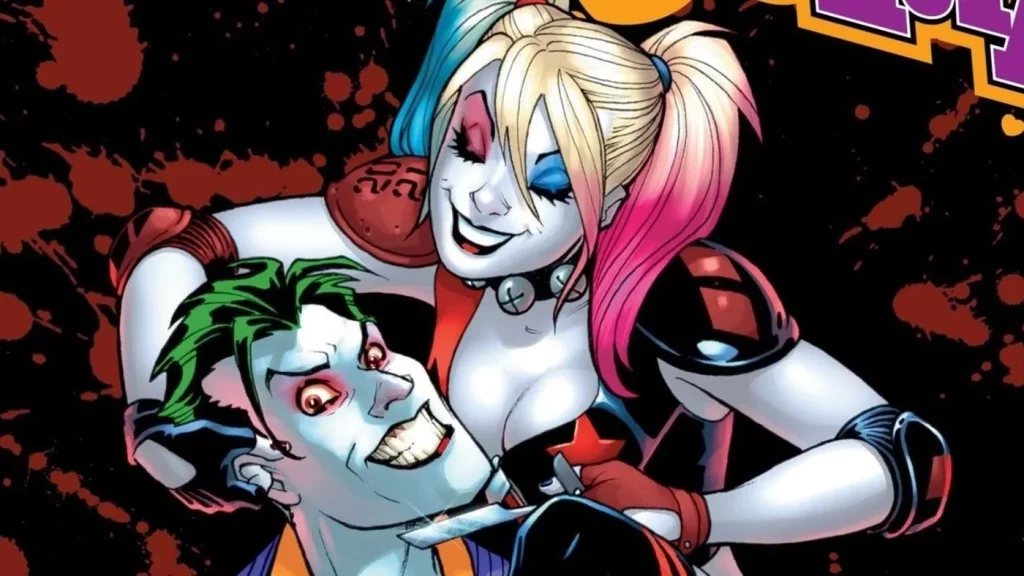
Contrary to the popular belief that Harley Quinn’s breakup with the Joker is a recent development in modern comics, it actually took place in the early 2000s. In 2000, specifically in Harley Quinn #1, a comic written by Karl Kesel and illustrated by Terry Dodson, Harley Quinn officially severed ties with the Joker, embarking on her own path in her very first solo series.
This decision was groundbreaking as, up until then, Harley had primarily been portrayed as the Joker’s devoted girlfriend. Breaking away from that established narrative was a significant and bold move for the character. It marked a crucial moment in her development, allowing her to explore her independence and individuality.
Although she would later reunite with the Joker in future comics, this initial venture into independence set the gears in motion for Harley Quinn’s evolution as a character. It opened the door for further storylines that explored her own agency, outside the shadow of the Joker, ultimately shaping the version of Harley Quinn that is most commonly depicted today.
Batman: Harley Quinn (1999)
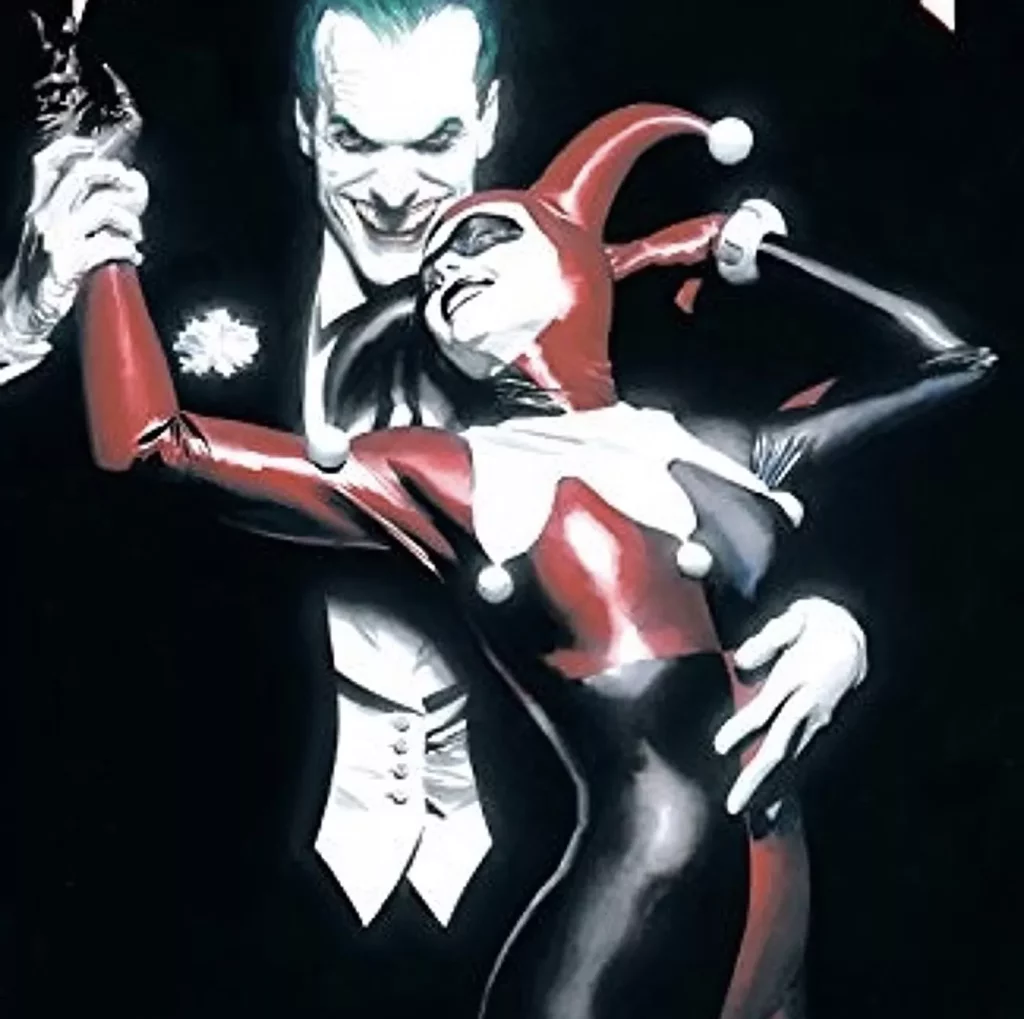
In 1999, a remarkable comic book authored by Paul Dini, illustrated by Yvel Guichet, and with contributions from Aaron Sowd, had a profound impact on Harley Quinn’s character. This single, powerful issue played a pivotal role for several reasons. Firstly, it marked Harley Quinn’s first appearance in the primary DC canon, transitioning from being exclusively present in comics spun off from Batman: The Animated Series.
Secondly, the comic firmly established her origin story, drawing inspiration from the foundation set by “Mad Love.” This reintroduction solidified the narrative surrounding her character, offering fans a definitive understanding of her past.
However, the most significant highlight of this comic was the legendary cover artwork crafted by the talented Alex Ross. His portrayal perfectly captured Harley Quinn at that juncture in time—an infatuated woman entangled with a man who harbored no genuine feelings for her and merely exploited her for his own benefit. This artwork became an iconic representation of Harley Quinn’s emotional complexity.
Even today, this crucial chapter in Harley Quinn’s history is cherished by fans, perpetuating the enduring allure and fascination surrounding her character.
Mad Love (1993)
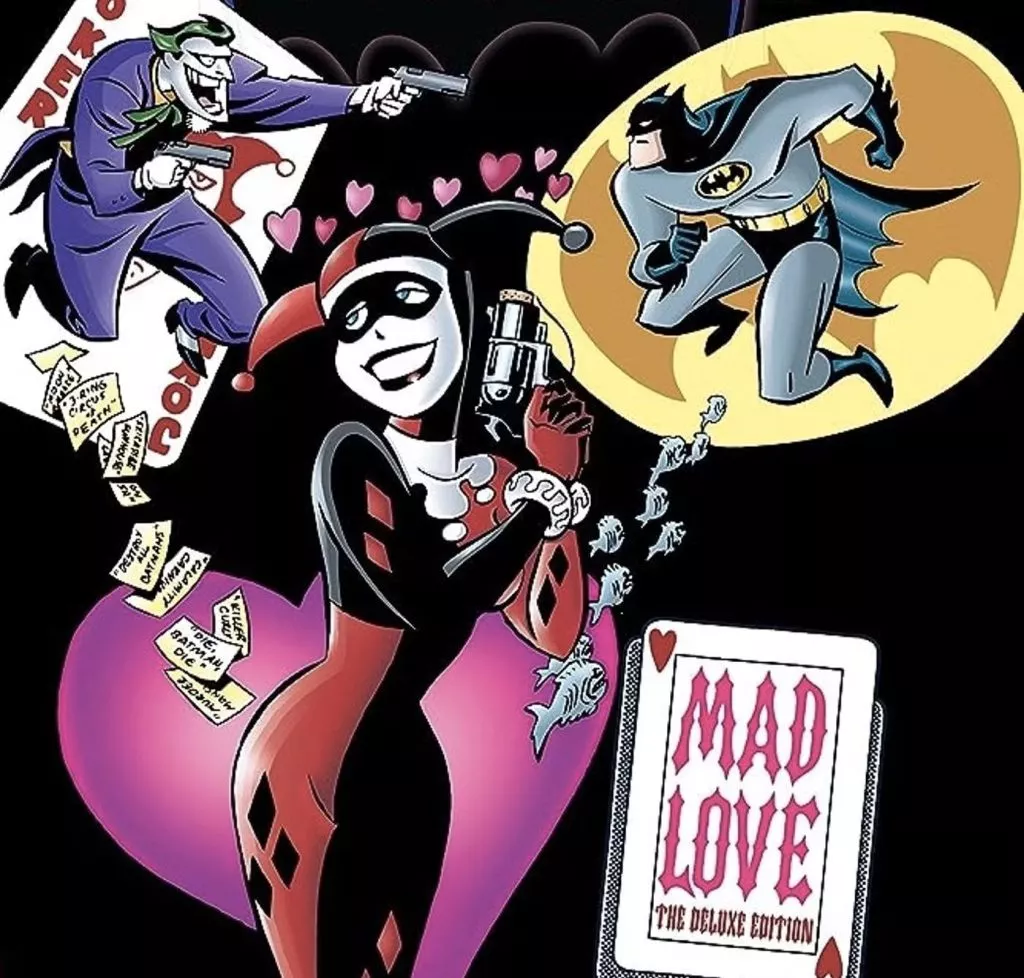
Though not Harley Quinn’s initial comic appearance, this spin-off created by Paul Dini and Bruce Timm holds significant importance as it offers fans a glimpse into her life before embracing villainy. The story showcases her early interactions with the Joker, establishing the foundational elements of her origin that endured for years to come. Presented as a psychologist who becomes infatuated with the criminal, this comic laid the blueprint for her character’s development. With critical acclaim and prestigious awards for its masterful storytelling, Mad Love left a lasting impact. Subsequent updated origin stories have emerged, some even surpassing it, but this comic remains a pivotal moment in Harley’s history, setting the stage for her character’s evolution in the years that followed.
Harley’s debut in in Batman: The Animated Series (1992)
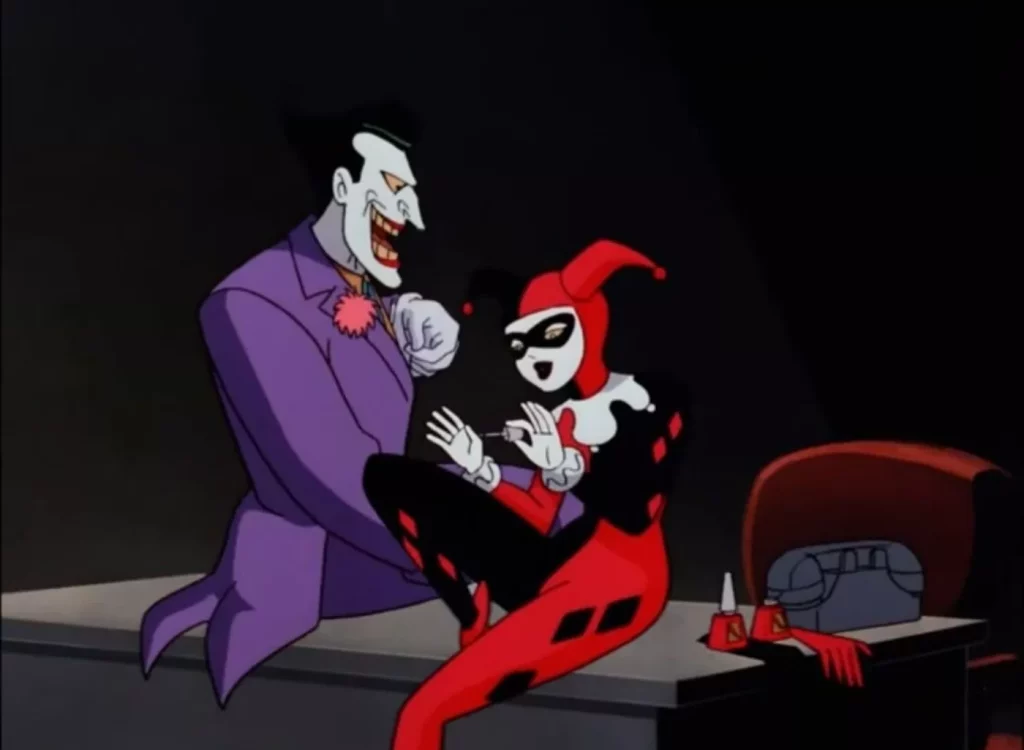
It might come as a surprise to many fans, but Harley Quinn’s origins are not rooted in comics. Instead, she made her debut in a 1992 episode of the immensely popular show, “Batman: The Animated Series,” created by Paul Dini, Bruce Timm, and Eric Radomski. The episode titled “Joker’s Favor” showcased her first appearance, where the Joker calls upon a civilian he had spared years ago to perform a sinister act in the present. This was the moment when Harley, dressed in her iconic jester outfit, emerged as the Joker’s female accomplice, aiding him in spreading chaos throughout Gotham.
Although she wasn’t the central focus of this episode, it became a significant milestone, not just for Harley herself but also for the Batman mythos. This introduction marked the beginning of a character who would later become a prominent and enduring figure in the comic book world, solidifying her position as a major player in the comics three decades later.
